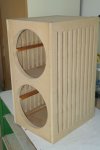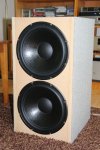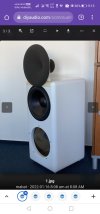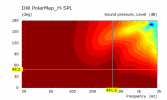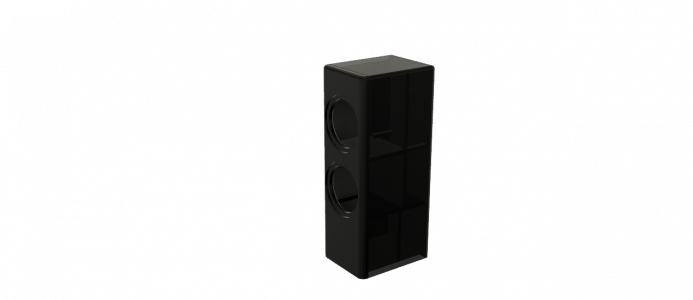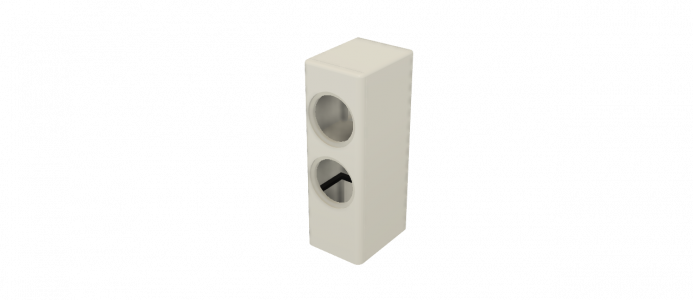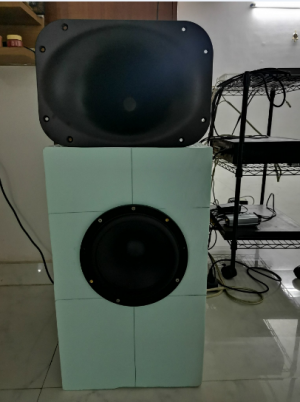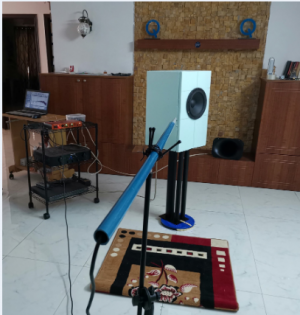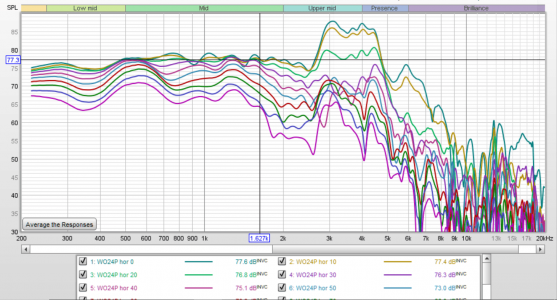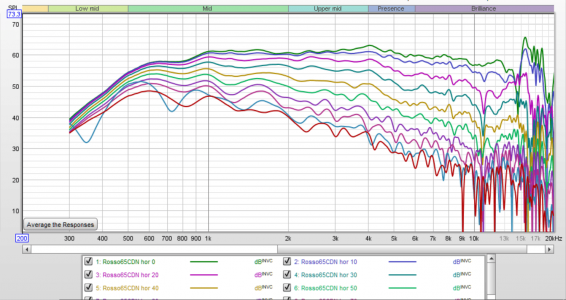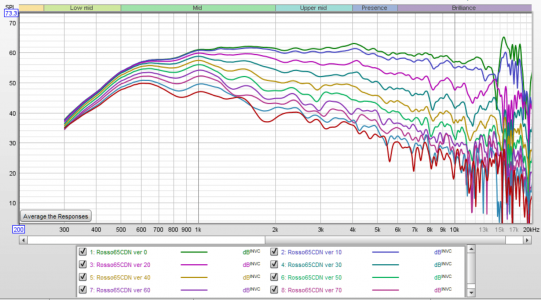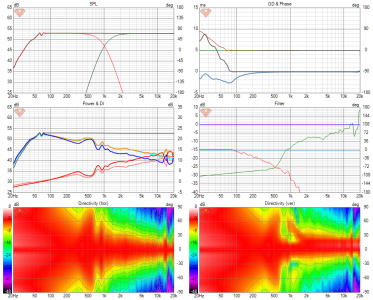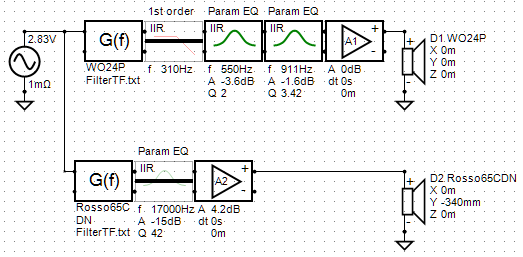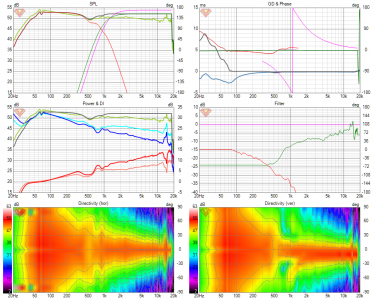To keep this thread alive and to push forward to the (hopefully) eventual completion of this project, here are some recent experiments and updates..

Seeing all the xps foam experiments going on on diyaudio forum and impatient with the delay in box building part for the project, I made a 51L sort of braced, sealed box out of some left over foam I had, filled it generously with some polyfill and placed a Satori WO24P woofer in it. The contraption looks like this:
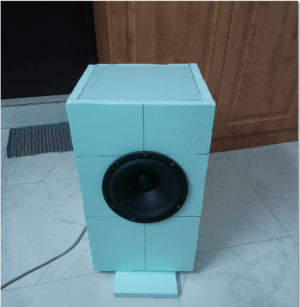
There might be tons of resonance issues etc. Still I took a nearfield measurement and got the below response (1/6 octave smoothed).
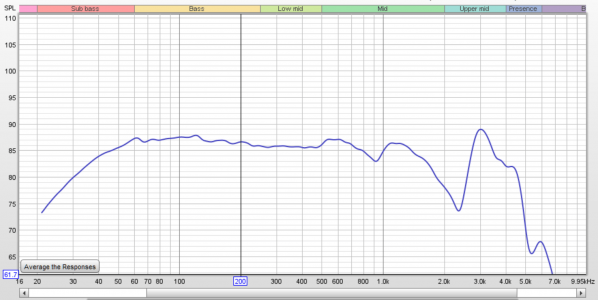
With no expectations, I made some basic filters on EQ APO as below and applied it to the woofer
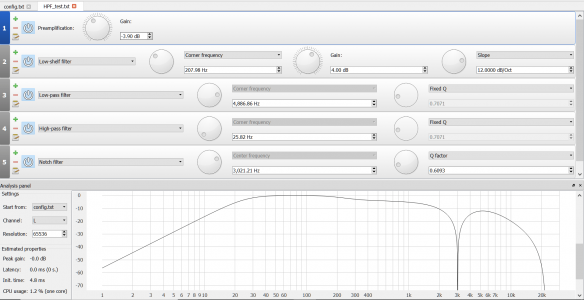
The main aim of the filters were to notch the break up peaks of this driver around 3k and to apply a slight baffle step compensation along with a little bit of excursion protection.
Then I played some songs.. Straightaway, I liked it. It is an awesome driver.. It has good bass. I never expected good midrange from it. But it does well in that part too.. All this in a foam box (at relatvely low SPL levels but sufficient enough at home).. Now I am impatient to see 4 of these in action along with proper mids and tweeter in a proper cabinet..

And I found out I like sealed boxes.
Even more fun is hearing the DSP live in action. I can make changes in EQApo on the fly and listen to the changes..

Here is the impedance plot of the driver in the box (The impedance magnitude peak and hence the box tuning looks to be at 40Hz along with the zero crossing of phase):
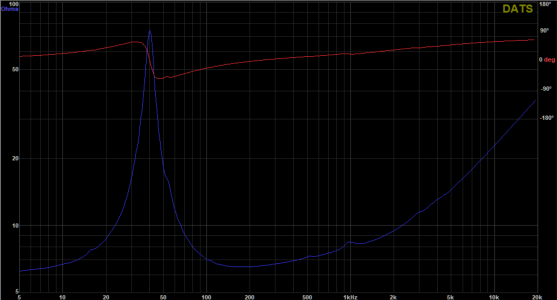
I can see some blips in the plot above, probably resonances at the lower frequencies along with that driver's inherent blip around 1kHz. I was lazy to not do anything more to the foam box in trying to treat the resonance problem.
Some one might say/feel that this is kind of gross violation of the rights/capabilities of this driver.. Well I agree

but this is such an awesome driver to keep it in storage

Hopefully I will get some real boxes built for these drivers (2 Satori WO24P-8s per box each driver having sealed 35L of cabinet volume to its own, individual DSPed, and powered

)
Hopefully, the final boxes for these drivers will look like this..

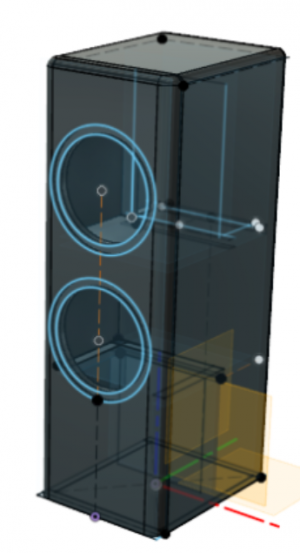
Thanks
Vineeth




